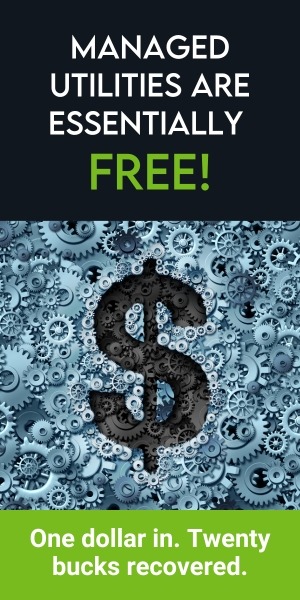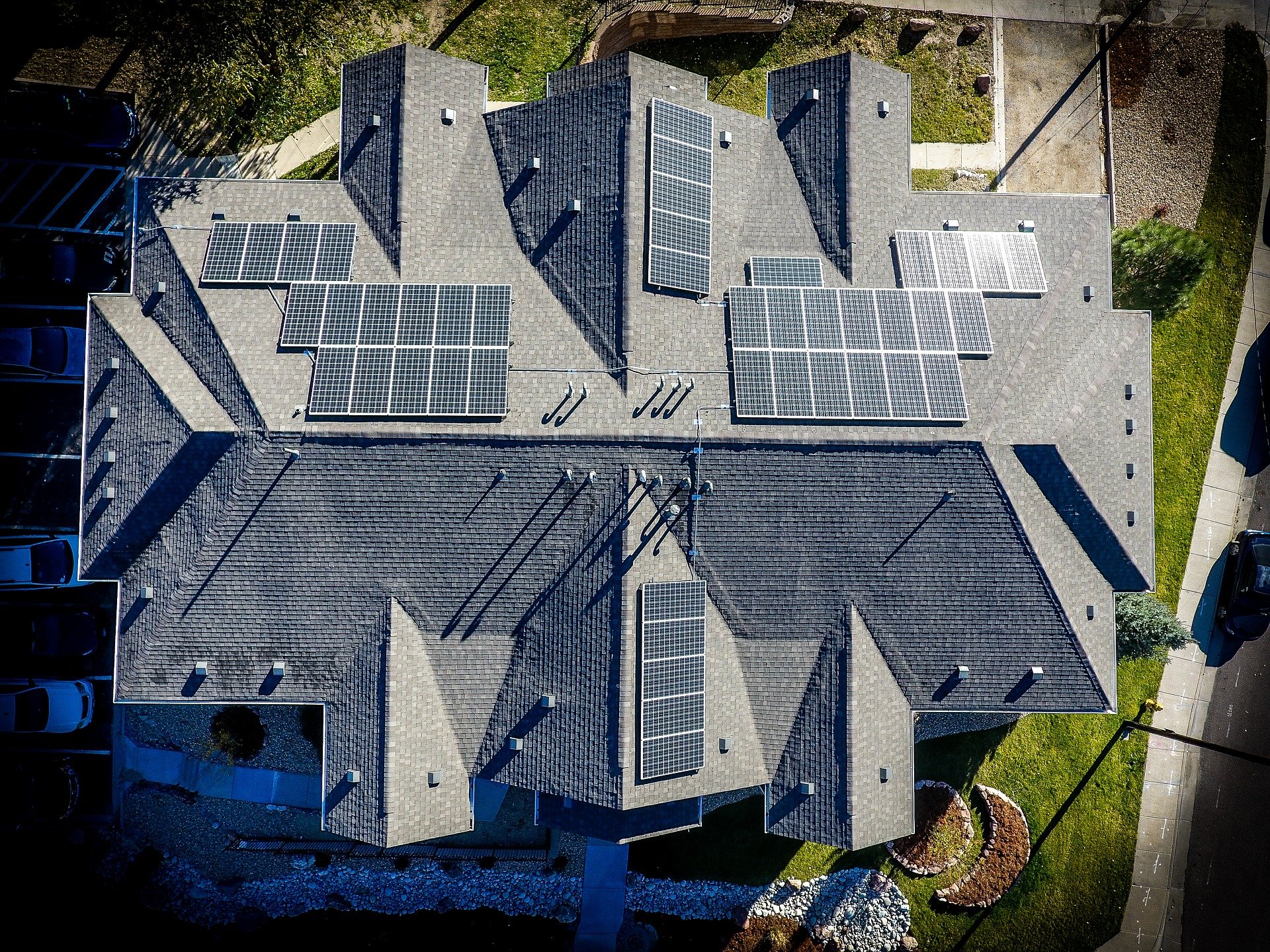As a commercial real estate (CRE) owner, you have a lot of tasks and expenditures to worry about—and, odds are, utilities aren’t your primary focus. But with an average cost of $2 to $4 per square foot—they aren’t an expense you can afford to overlook. Not to mention the fact that all of your tenants—whether they’re in offices, stores, or hospitals—need utilities to succeed in their endeavors, and they’re counting on you to handle them with care.
Tenants expect you to find problems and resolve them promptly to prevent service disruptions and lost or wasted revenue—an effort that also impacts your bottom line. And while most CRE asset owners understand this concept, potentially yourself included, there are still a few utility revenue robbers that seem to slip silently past every alert or accounts payable procedure designed to capture them.
Here are seven of those sneaky utility revenue thieves.
#1 – In-House Processing
Yes, there are some situations where in-house processing is still effective, like when you’re processing 100 invoices or fewer. And if your team falls into that category, by all means, forge ahead—I’m sure you’re doing a fantastic job. But more often than not, in-house processing efforts are money takers, not moneymakers.
Think about it. Manual invoice processing is a slow, labor-intensive process that drains time, resources, and funds. It is also a breeding ground for human error if appropriate checks and balances are not in place. So it should come as no surprise that automated and outsourced payables platforms have processing costs up to 81% lower and processing times up to 73% faster than in-house methods.
#2 – Provider Errors
Utility providers are also subject to human error—which means your CRE assets will experience inaccurate billing at some point. In fact, studies have shown that up to 20% of provider invoices have errors, and roughly 70% of commercial properties are overcharged for their utilities, resulting in an insane amount of overspending if unnoticed and unresolved.
These errors appear in many forms, encompassing everything from meter mistakes to account discrepancies, prior balance issues, and the aforementioned overcharges. And the only way to catch them is to perform regular comprehensive invoice audits on every processed invoice. Otherwise, the errors and the revenue tied to them will slide right out of your budget.
#3 – Inferior Rates
One of the sneakiest revenue robbers is utility rates—primarily because they are so granular that most CRE owners overlook them and their corresponding schedules. But failing to check utility rates could result in significant amounts of wasted revenue.
For example, let’s say one of your assets is located in Santa Barbara, California and the size of the meter connections at the location is listed as 1.5” instead of their actual size, which is 1”.
Doesn’t sound like that big of a deal, right?
Well, in Santa Barbara, the monthly service charge varies from one connection size to the next (see table below)—which means your asset was charged two times more than it needed to be, and this sneaky revenue robber made a clean getaway.
Monthly Water Service Charges in Santa Barbara, CA
| Connection Size | 2021 Rate ($/meter/mo.) | 2022 Rate ($/meter/mo.) | 2023 Rate ($/meter/mo.) |
| 1″ | $70.72 | $74.26 | $77.97 |
| 1.5″ | $139.31 | $146.27 | $153.59 |
#4 – Payment Problems
If utility rates are the sneakiest revenue robbers, then payment mistakes are easily the most obvious. It’s hard for duplicate, misapplied, or unposted payments to go unnoticed by an AP team, but they still occur due to process inefficiencies. And while each of these mistakes can impact your revenue directly, they are merely pawns working for a greater budget burglar: late fees.
I’ve said this before, and I’ll say it again: if you have paid any utility late fees, you have lost revenue. Statistically speaking, provider late fees can be more than 5% of the balance due—potentially costing you tens of thousands of dollars per month.
#5 – Wasted Opportunities
Ironically, waste management is also an area where revenue is being, well, thrown away due to inefficient hauling schedules, contamination fees, line item discrepancies, poor waste planning, and non-optimal hauling rates—some of which have unintentionally doubled or tripled recurring waste expenses.
For example, a recent study found that the simple act of breaking down boxes could significantly reduce a property’s recycling expenses because it helped to minimize the frequency of pickups and overflow fees—resulting, for one property, in a 73% cost decrease.
#6 – Limited Visibility
As Forbes so brilliantly pointed out in a recent article, making decisions based on poor or insufficient data is no different than “flying blind”—it’s dangerous and costly. So, when all of your utility information is siloed, manually stored instead of digitally stored, or completely inaccessible, it impacts your ability to make smart operational decisions. It prevents you from seeing weatherized or non-weatherized usage trends, retrofitting opportunities, or other abnormalities. And it increases your chances of overspending and limits your ability to accurately report to stakeholders or legal entities—potentially leading to other revenue losses.
#7 – Choosing to Settle
Lastly, we live in a world that is flooded with in-house, outsourced, and automated utility management solutions—placing thousands of options right at your fingertips. This means you don’t have to settle for an in-house AP setup that’s bogging down resources, a restrictive app that only meets a portion of your needs, or anything that is hurting your bottom line. You have the power and responsibility to find a custom utility solution, like Conservice, that checks every box and has a proven record of stopping these revenue robbers in their tracks.
Learn more about Conservice’s CRE utility expense management services.






